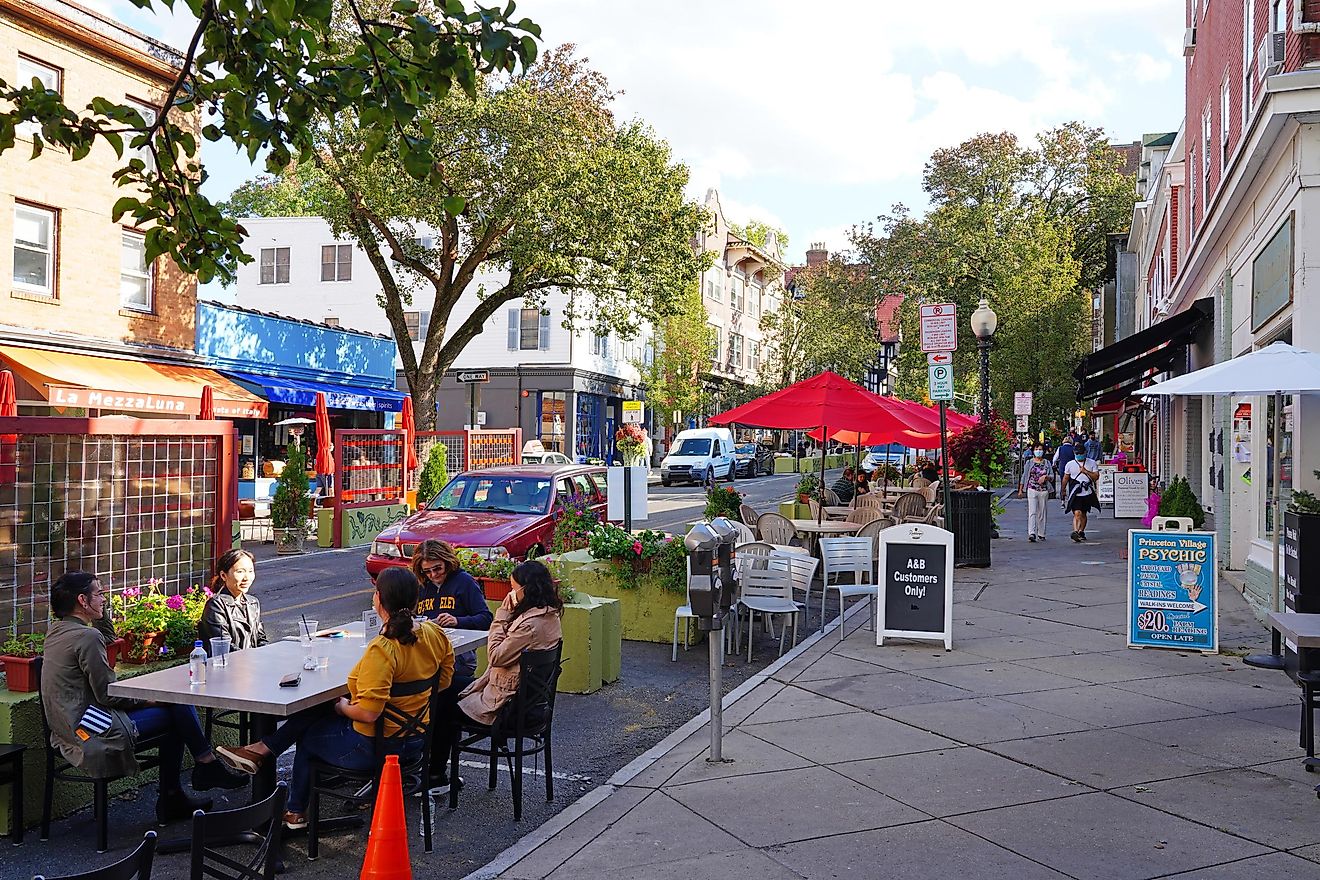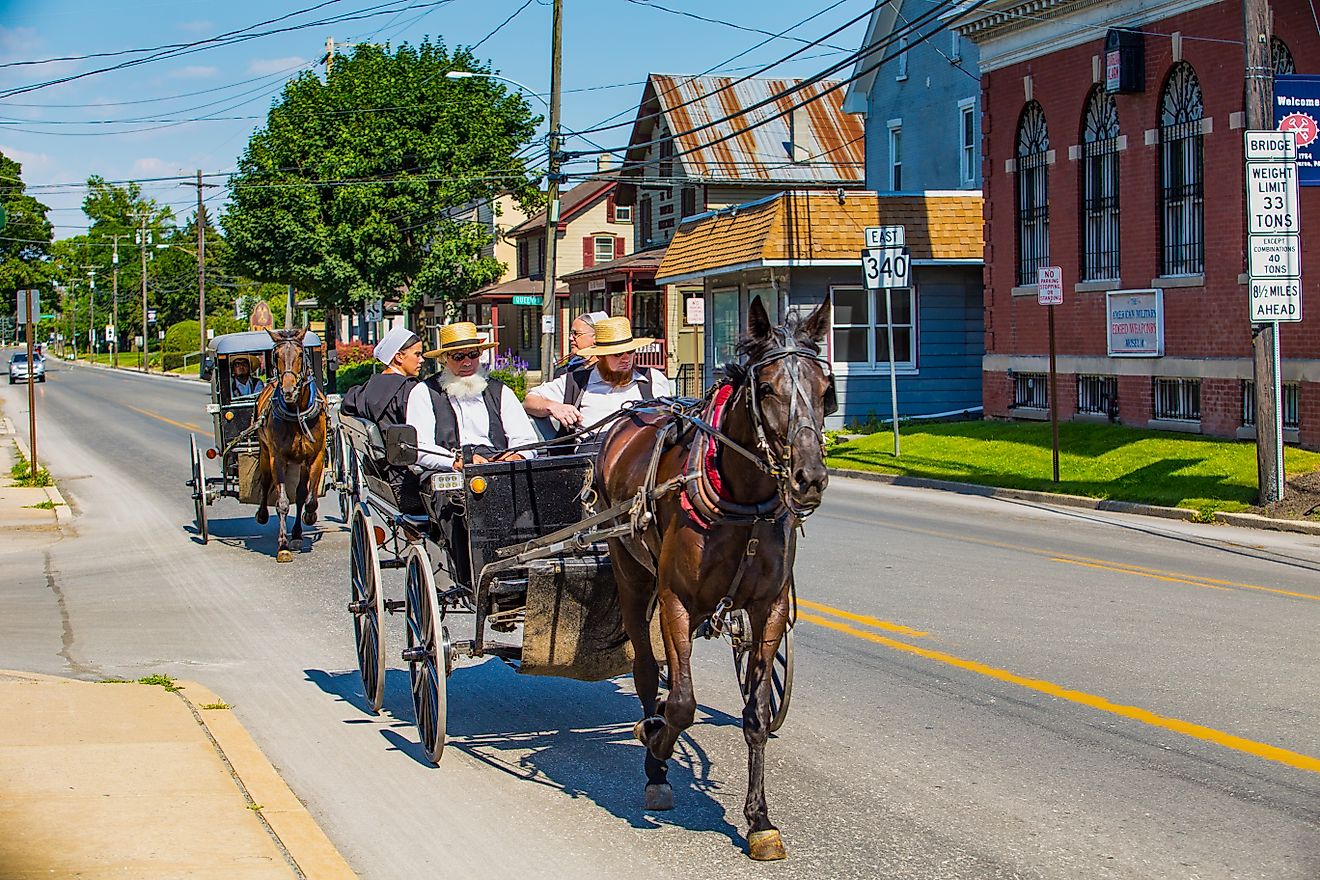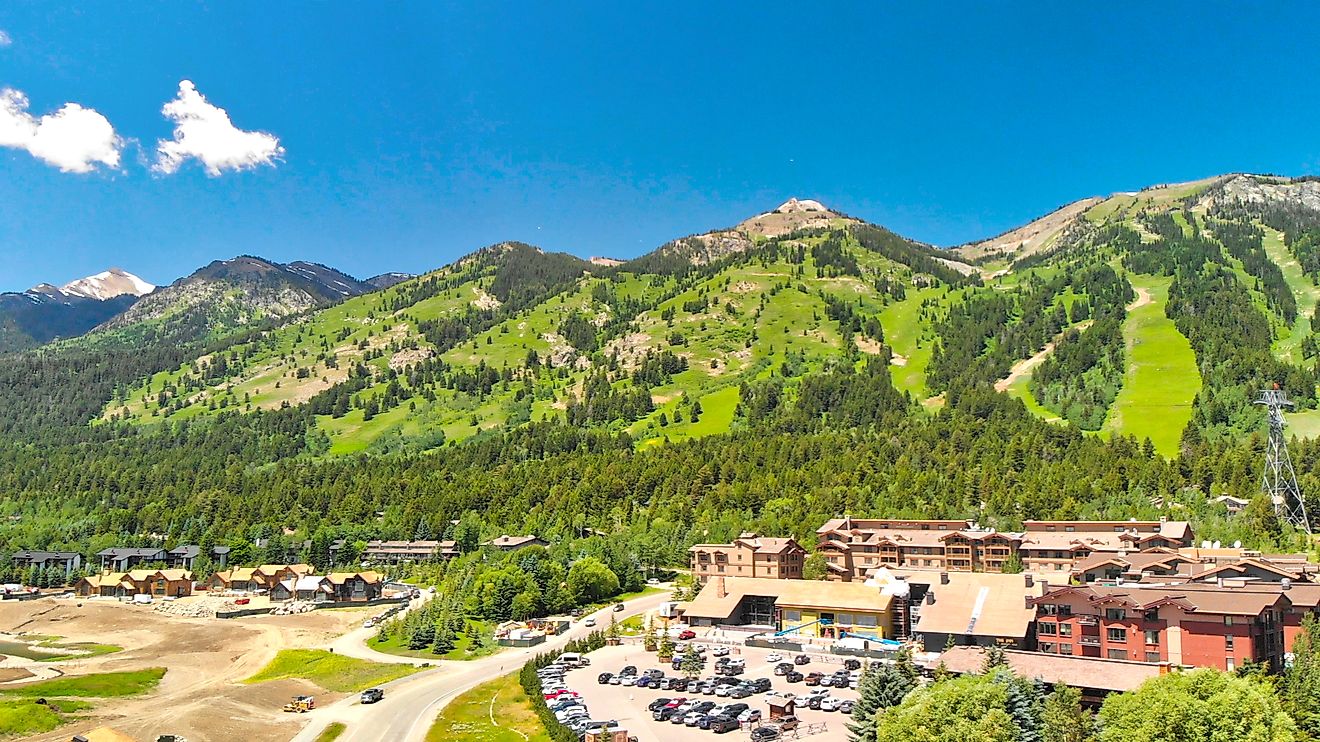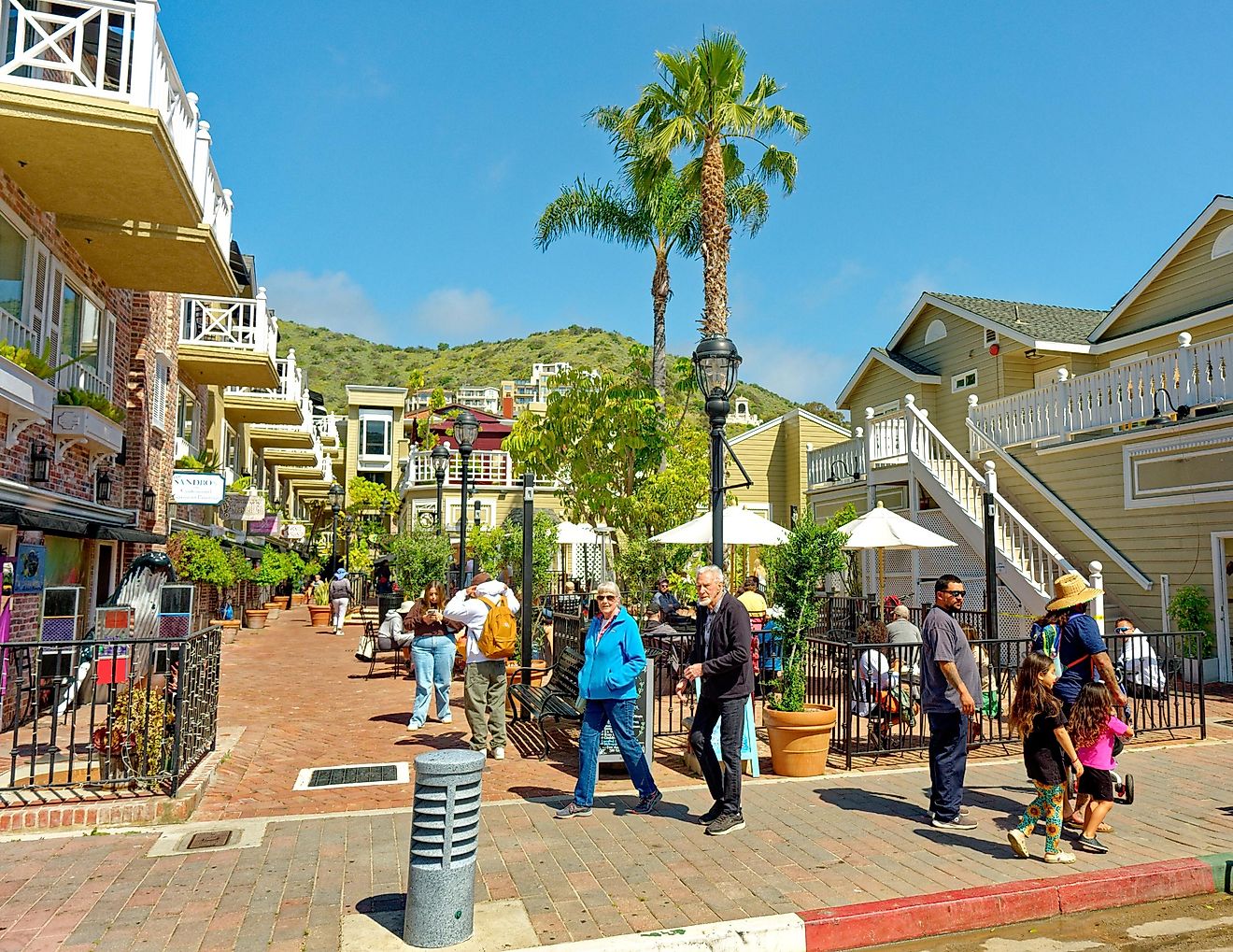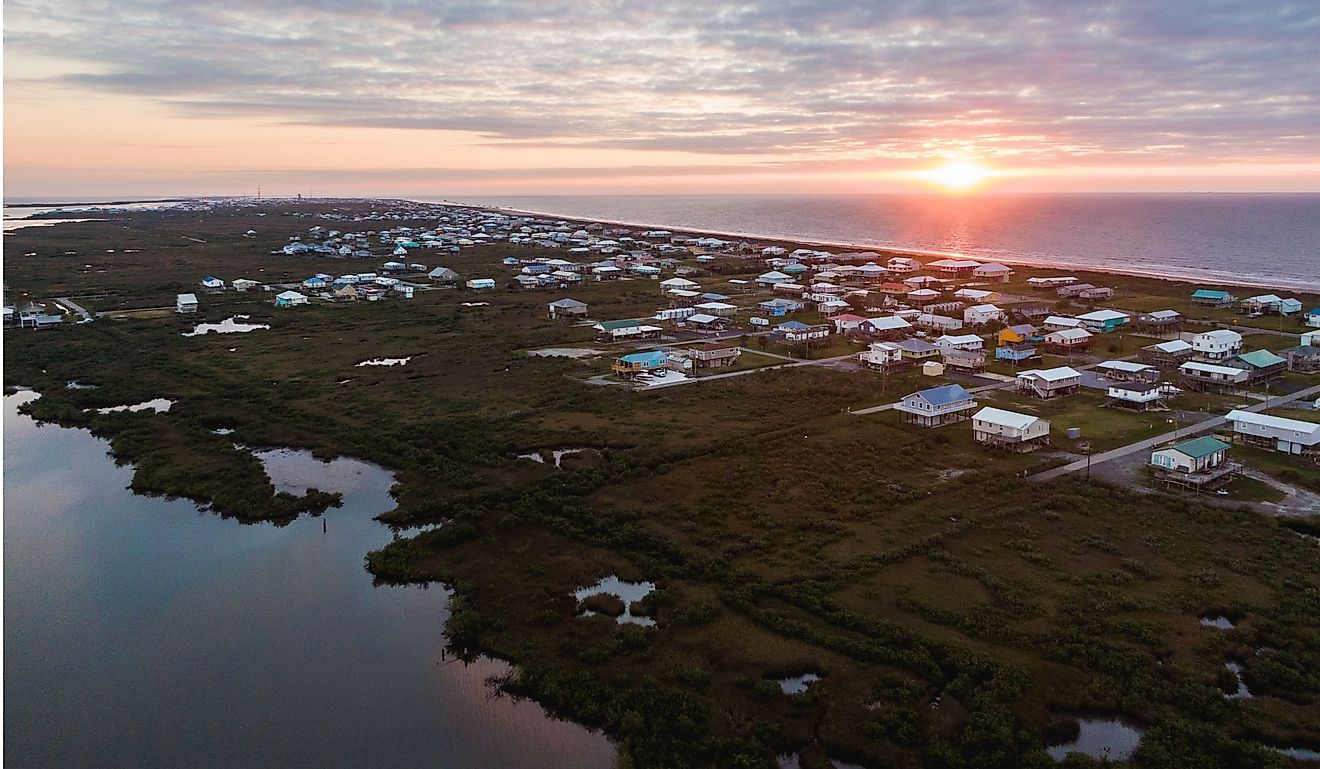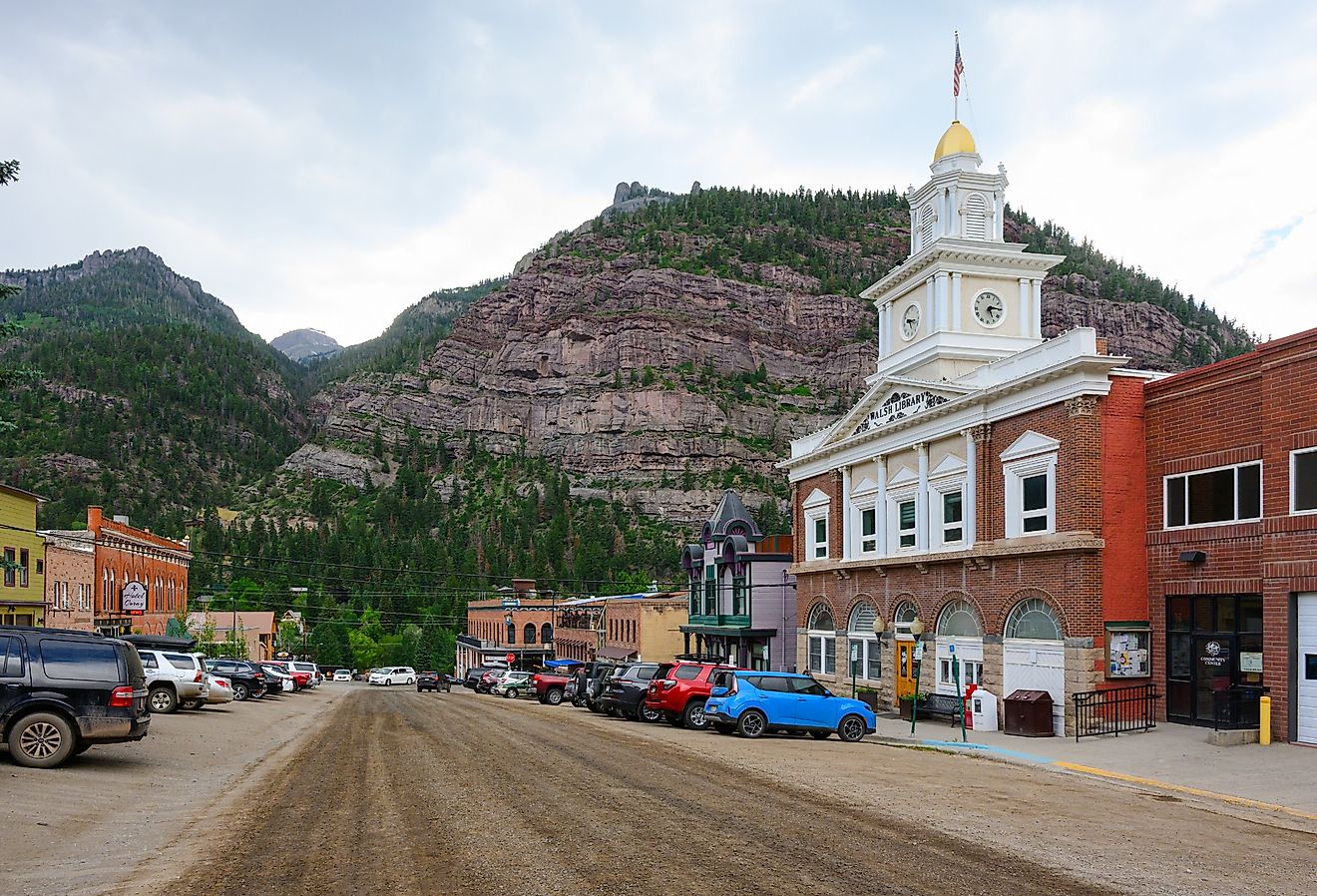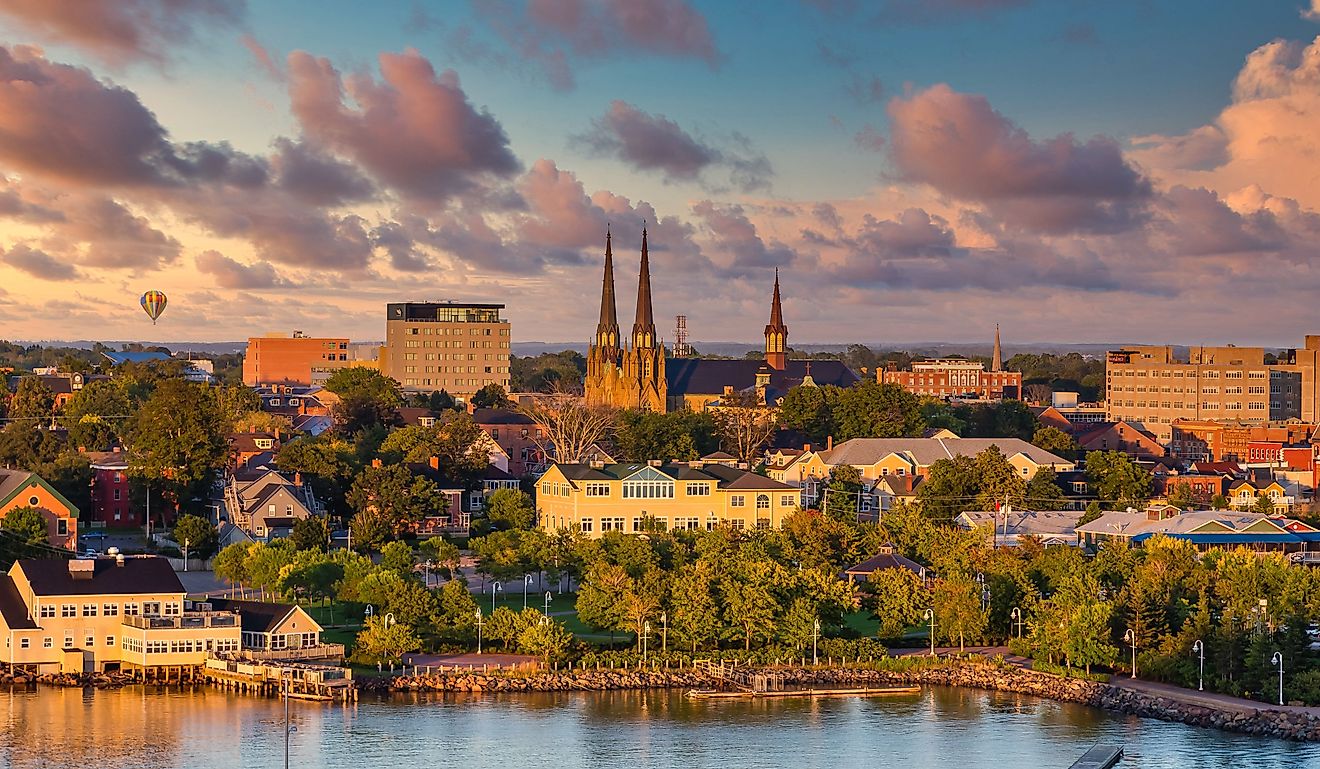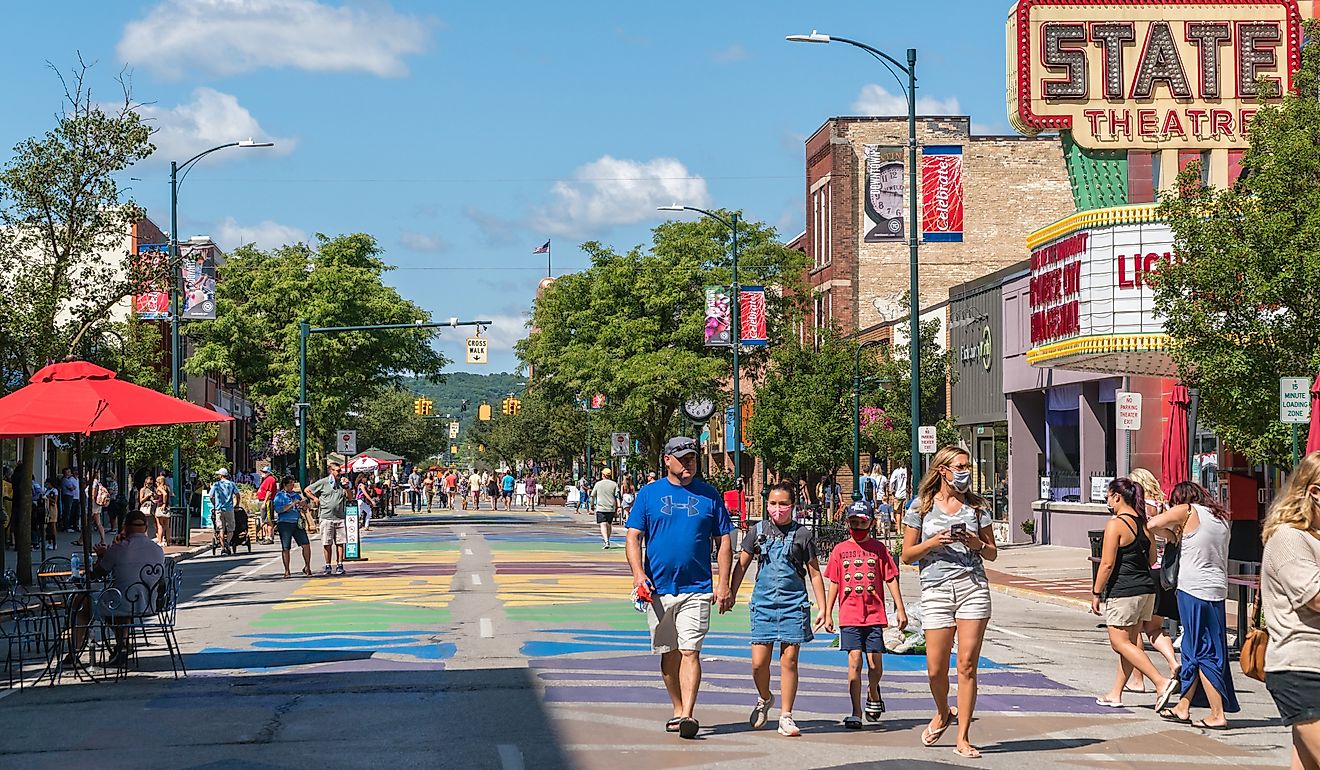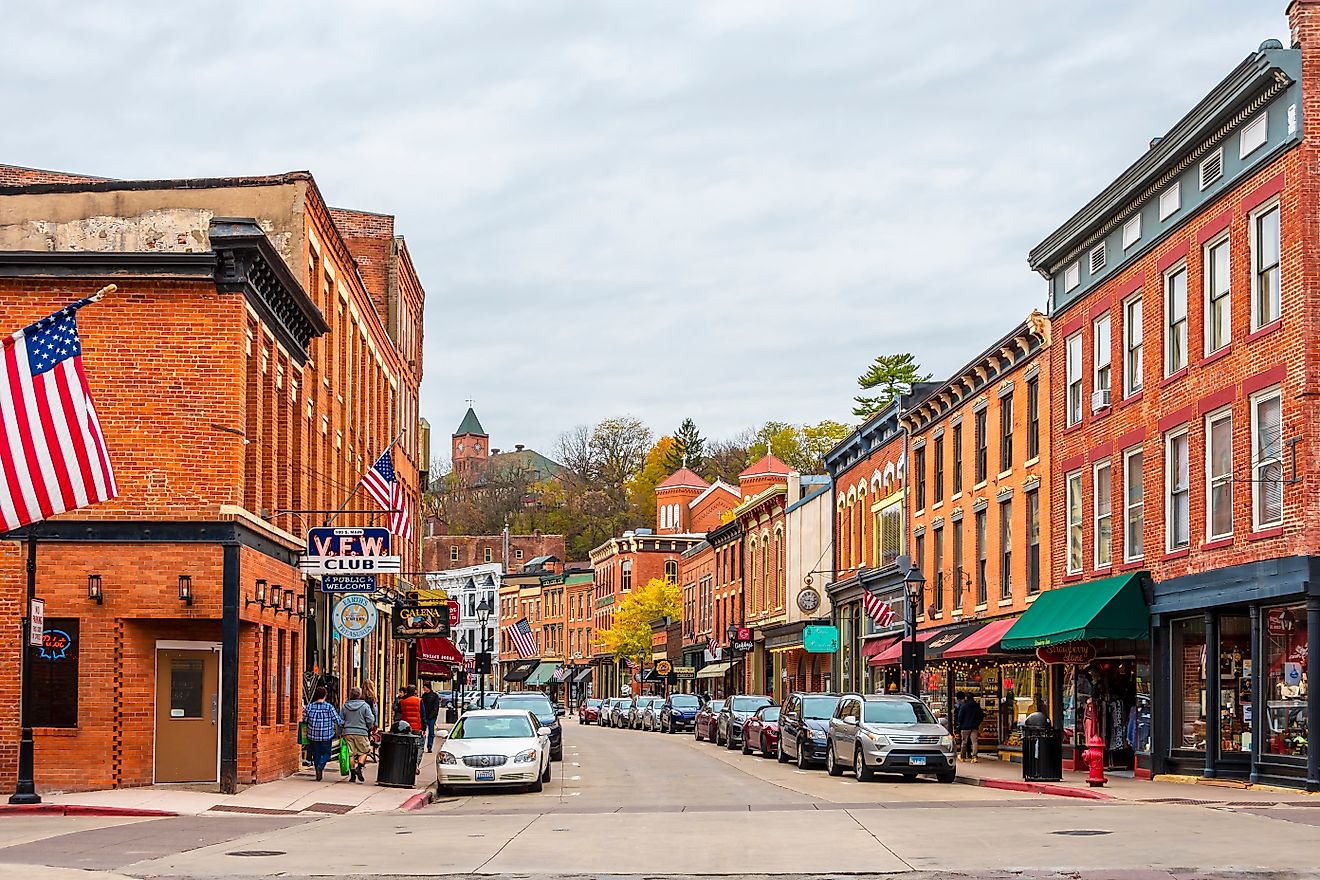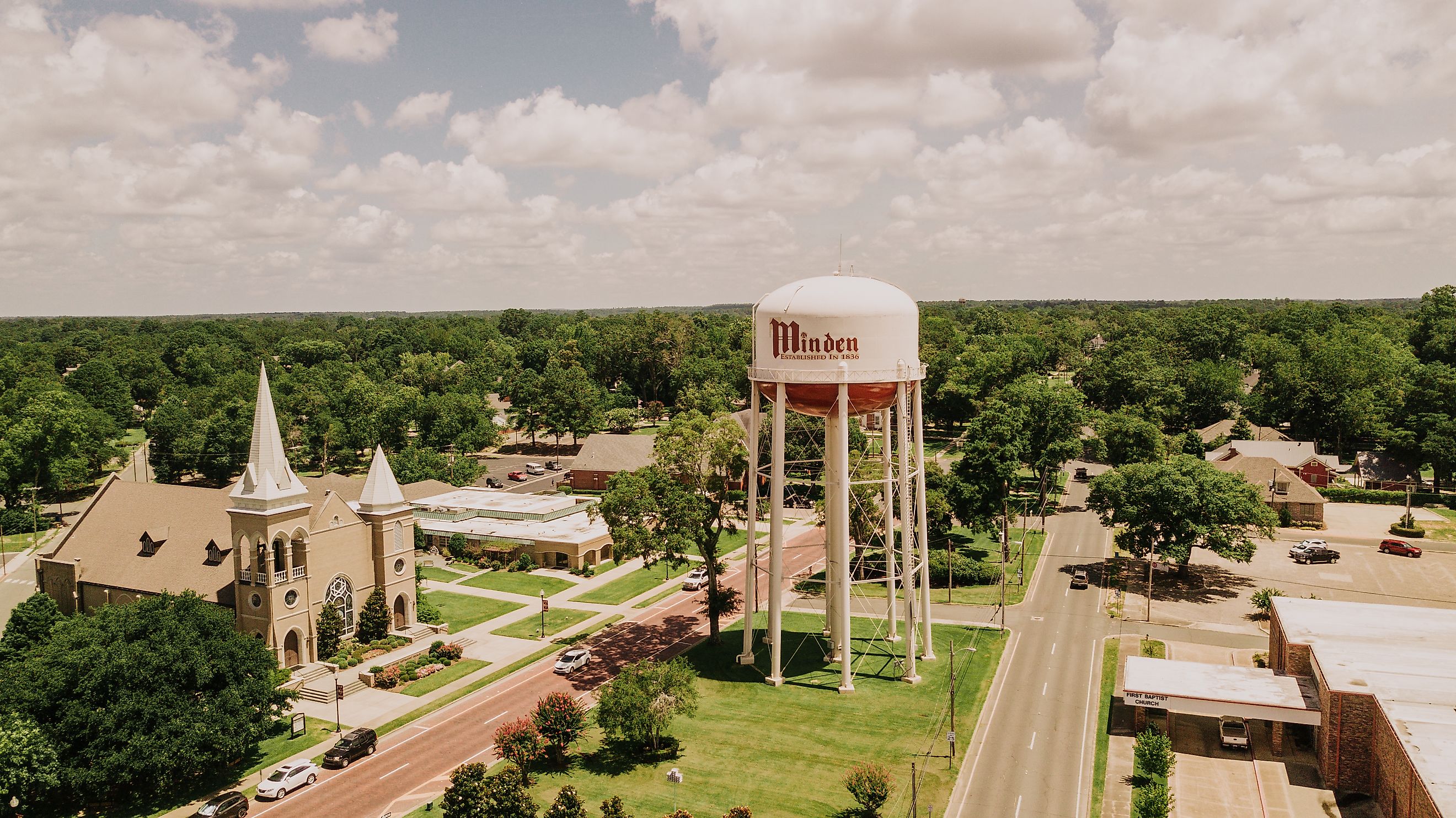
These Small Towns In Louisiana Have The Best Historic Districts
Louisiana's rich and complex history is shaped by prehistoric influences, colonial struggles, and a diverse cultural blend, leaving a permanent mark on its landscape. Explore these seven towns with historic districts, where museums like the River Road African American Museum in Donaldsonville and historic squares like Laurel Valley Village in Thibodaux reveal the cultural tapestry. Each town, from Minden to Crowley, promises a delightful adventure, seamlessly blending history, and culture within its historic districts.
Natchitoches
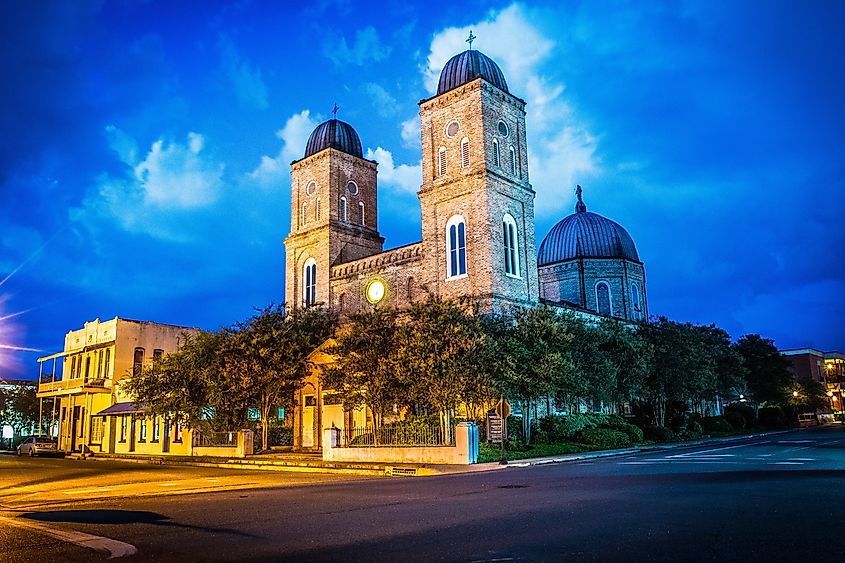
Established in 1714, located in the northwestern part of the state, Natchitoches holds the distinction of being the oldest permanent settlement in the Louisiana Purchase, making it a desired destination for visitors. Embark on a free guided walking tour provided by the Cane River National Heritage Area and the Natchitoches Historic District Development Commission. Explore the Natchitoches National Historic Landmark District on foot, marveling at the Bishop Martin Church, the final resting place of Bishop Augustin Martin, the first bishop of the Natchitoches Diocese, situated near the side altars. Delight in the architectural beauty of the Lemee House, a prime example of French Colonial architecture, constructed in 1819.
Donaldsonville

Discover the rich history of Donaldsonville, one of Louisiana's oldest cities, through the captivating lens of the Historic Portal to the Past. Located in the southeastern part of the state, in its past, Donaldsonville magnetized explorers, planters, merchants, and pirates alike. Engulf yourself in the cultural heritage of African Americans in rural communities by visiting the River Road African American Museum, showcasing artifacts and buildings that tell their compelling story. Admire the late 1800s architectural beauty of the Ascension of Our Lord Catholic Church. Stroll to the Ascension Parish Courthouse, a Romanesque revival masterpiece erected in 1889 with finely detailed brick arches. Alternatively, explore the adjacent jail, which predates the courthouse by more than 20 years.
Abbeville

Located in the southern part of Louisiana, in 1846, the town underwent a name change from La Chapelle to honor the French priest Pere Antoine Desire Megret, a key figure in its establishment. Before venturing to the Abbeville Opera House, built in 1908, and serving as a cultural hub, admire the historic Abbeville County Courthouse, the town's sixth courthouse, constructed in the same year. Explore the Burt House, a symbol of Abbeville's rich heritage, appreciated for its architectural significance and serving as a piece of living history that connects the present to the town's storied past.
Opelousas

Found in the southern part of the Louisiana, you can wander the cobblestone streets of Opelousas and step into a bygone era where time stands still. Stroll through the historic district and marvel at The Holy Ghost Catholic Church, a beacon of faith and architectural beauty. Explore the Historic Michel Prudhomme Home, a structure dating back to the early 19th century and one of Opelousas' oldest. Visit the Opelousas Museum and Interpretive Center, where Opelousas' past unfolds through engaging exhibits, showcasing diverse cultural influences with artifacts, photographs, and interactive displays. It's a journey through history that captivates and educates.
Minden

Established in 1836, Minden, located on the banks of Bayou Dorcheat, often referred to as the "Minden River" has played a crucial role in shaping Louisiana's history. Thriving initially as a bustling hub for trade and commerce, Minden served as a pivotal railroad town, linking communities. Explore the Dorcheat Historical Museum, showcasing pioneer artifacts, including a model steamboat on Dorcheat Bayou, a log cabin, furniture, clothing, and materials from the American Civil War era. Immerse yourself in the Germantown Colony Museum, touring original buildings to experience the lifestyle of German settlers in the early 19th century. Minden's lively history comes alive through these engaging attractions.
Thibodaux

Thibodaux is found along Bayou Lafourche, which is a significant waterway in the region. Thibodoux is placed in the southeastern part of the state of Louisiana. Founded in 1830, and has a rich cultural heritage. Explore Laurel Valley Village, where original structures like workers' quarters and a schoolhouse transport you to the past. Guided tours unveil the plantation's role in the sugar industry and the lives of those who shaped its history. Spend some time at The E. D. White Historic Site, once home to Edward Douglass White, a prominent Louisiana politician and Chief Justice of the Supreme Court, showcases Greek Revival architecture. Lush gardens and scenic grounds offer a tranquil setting for reflecting on the history and legacy of this influential figure.
Crowley
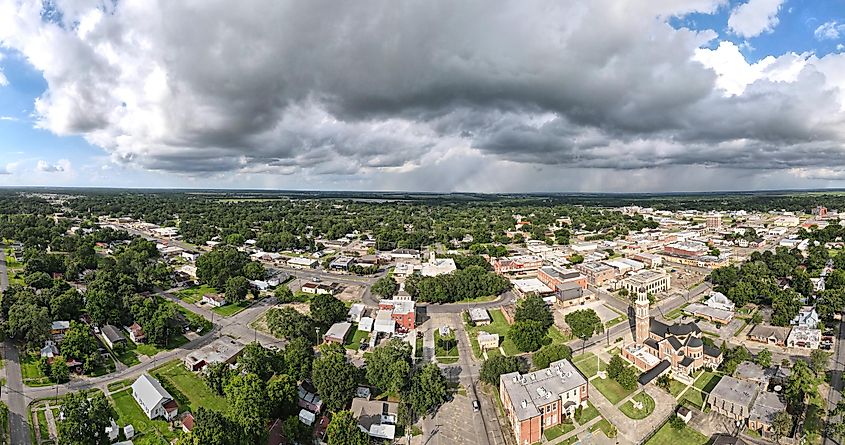
Situated in the southwestern part of the state of Louisiana, Crowley has numerous eye-catching buildings grace Crowley's Historic District, with the Rice Theatre standing out prominently. Today, it hosts a variety of events, showcasing a vibrant array of local, regional, and national musical and theatrical performances. While strolling through the downtown district, take a moment to admire the Mull Building. Constructed by merchant Robert Mull in 1900, it underwent a conversion by A.J. Broussard in 1940. Immerse yourself in a live show at the Grand Opera House, established in 1901, or explore the Acadia Theatre that was constructed in 1919.
Louisiana's vibrant history, shaped by historical influences, colonial struggles, and a diverse cultural blend, has created a lasting effect seen within the these towns historic districts. . Exploring these 7 towns, where landmarks like the Michel Prudhomme Home and Natchitoches National Historic Landmark District stand, reveals Lousiana's rich cultural tapestry. From Abbeville to Donaldsonville, each town assures a delightful adventure. Plan a trip to Louisiana's small towns for unforgettable getaway!
